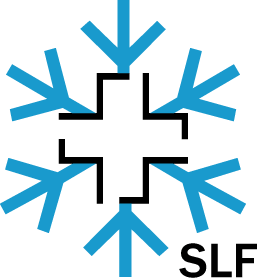DEARice, Central Arctic
DEvelopment of snow/ice/ecosystem models using winter-to-summer ARctic observations of coupled snow, ice, and ecosystem processes (DEARice)
Principal investigator: Martin Schneebeli, WSL Institute for Snow and Avalanche Research SLF, Davos, Switzerland

Proposals Partners: Mats A. Granskog, Norwegian Polar Institute, Tromsø, Norway
Polona Itkin, Nansen Environmental and Remote Sensing Center, Bergen, Norway
Roberta Pirazzini, Finnish Meteorological Institute, Helsinki, Finland
Research Icebreaker: PRV Polarstern (AWI, Germany)
Schedule: Attached to the MOSAiC experiment (September 2019-June 2020)
Facebook or blog links: https://follow.mosaic-expedition.org/
Abstract: The once-in-a-lifetime MOSAiC drift experiment will provide observations of the Arctic sea-ice system over a full annual cycle. Sea ice is a unique landscape that is shaped by winds, ocean currents and covered by soft lines of snow drifts. Its pores and cavities can host a unique and complex ecosystem of micro-organisms that provide food for bigger animals such as polar bears and seals. Sea ice interacts with this physical and biological environment and is a continuously evolving element of the changing climate. DEARice will use the most modern instruments to measure how snow, sea ice and the associated ecosystem interact and develop. Our measurements will help representing these relationships in the climate models. Why is the arctic sea ice a continuously evolving “landscape”? Sea ice and snow are both frozen water very close to their melting point. As such they are constantly changing its micro-structure. This gives micro-organisms always new spaces to live in. The sea ice is growing from the ocean under the cold winter atmosphere and is melted back into the ocean by warm air and sun-rays in summer. On a larger scale, the mechanical deformation breaks up the ice and piles up ice ridges, a chaotic build of ice blocks of different sizes, which are conceptually similar to a coral reef. They create cavities at different scales, providing a habitat for micro-organisms. The diverse surface and underwater shapes provide various surfaces that can be dragged by the forces of wind and currents. DEARice will document these situations and developments at the smallest, microscopic scales, somewhat larger meter-scales and up to tens-of-kilometer scales. This will help us connecting the smallest, but important processes to the scales that are used to represent Earth climate in numerical.


